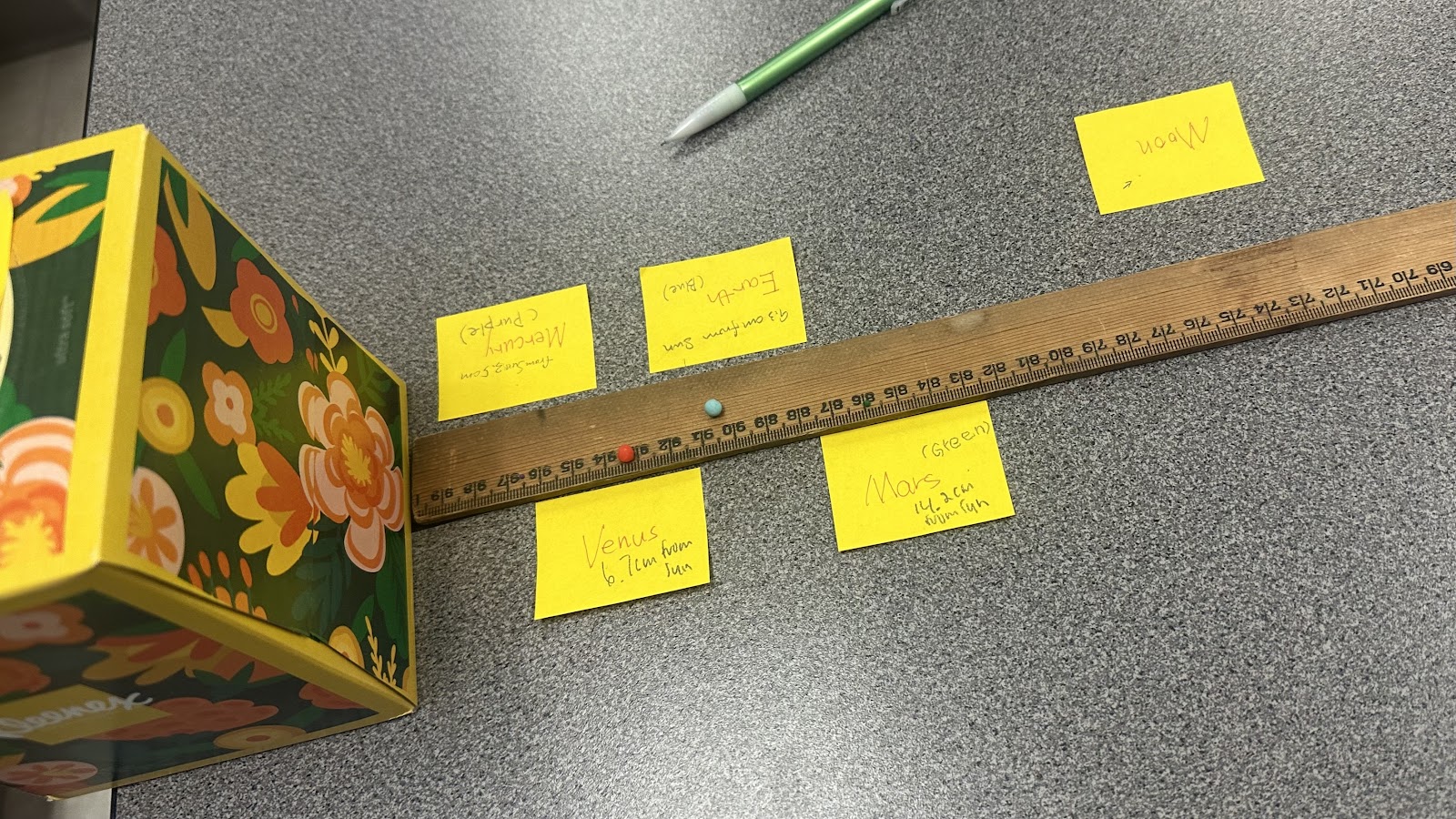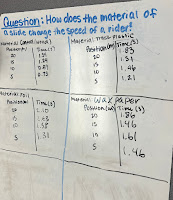Week 7 Blog Post
Lab: In the lab for week 7, we were designed to physically build a model of the sun, moon, and the four inner planets. We were instructed that this needed to be by scale. The hardest part was getting each of the planets, the sun, and the moon to be the exactly correct size that it would relate to in real life. We then had to space out all 6 of those in the correct distance that it would be in real life as well. After lots of errors and trials, we finally got all 6 of them to the right distance. Overall, I take away from this investigation just how spread out the moon is from the sun. It was a good way to hands-on work on this by visually being able to tell how spread out everything truly is.
Weekly Textbook Reading: Our Solar System- The four inner planets are Mercury, Venus, Earth, and Mars. They are all considered rocky planets because they have a solid outer surface, this was a helpful reminder once again. It was most helpful reading on the section regarding the Sizes and Distances of Planets. This is the case because in the Lecture it was hard to provide the real-life scale of this and quickly make sense of it and its exact sizes. Seeing a more run-down picture of the different sizes and layouts of where planets are at made it easier to follow. I need more information on what makes up the layout of the planets and if there is a scientific reasoning behind it. Why is our solar system so spread out? How do these functions help each other out to function how they need to when spread out the way they are?Lecture: We had different practice questions in the lecture. One of the ones was...
"If you were standing on the Tropic of Cancer during the summer solstice for the Southern Hemisphere, what direction would your shadow point? How about if you were on the Tropic of Capricorn?" - we responded and said it would point to the north but that there would also be no shadow. The different theories that the moon was formed represented lots of different theories.
The theories were...
- researchers thought that the moon may have been formed elsewhere even around another planet when it was pulled by Earth's gravitational pull
- another idea was thought up by Charles Darwin and was the idea of fission where the material that formed the moon was ejected into space by molten which is a fast-spinning earth it represents later.
- Co-formation was another idea
- Another idea that was introduced by scientists was that it had to do with the colliding of planetesimals. Which occurred when debris produced planetesimals that slammed into each other shortly after solar system formed.


Comments
Post a Comment